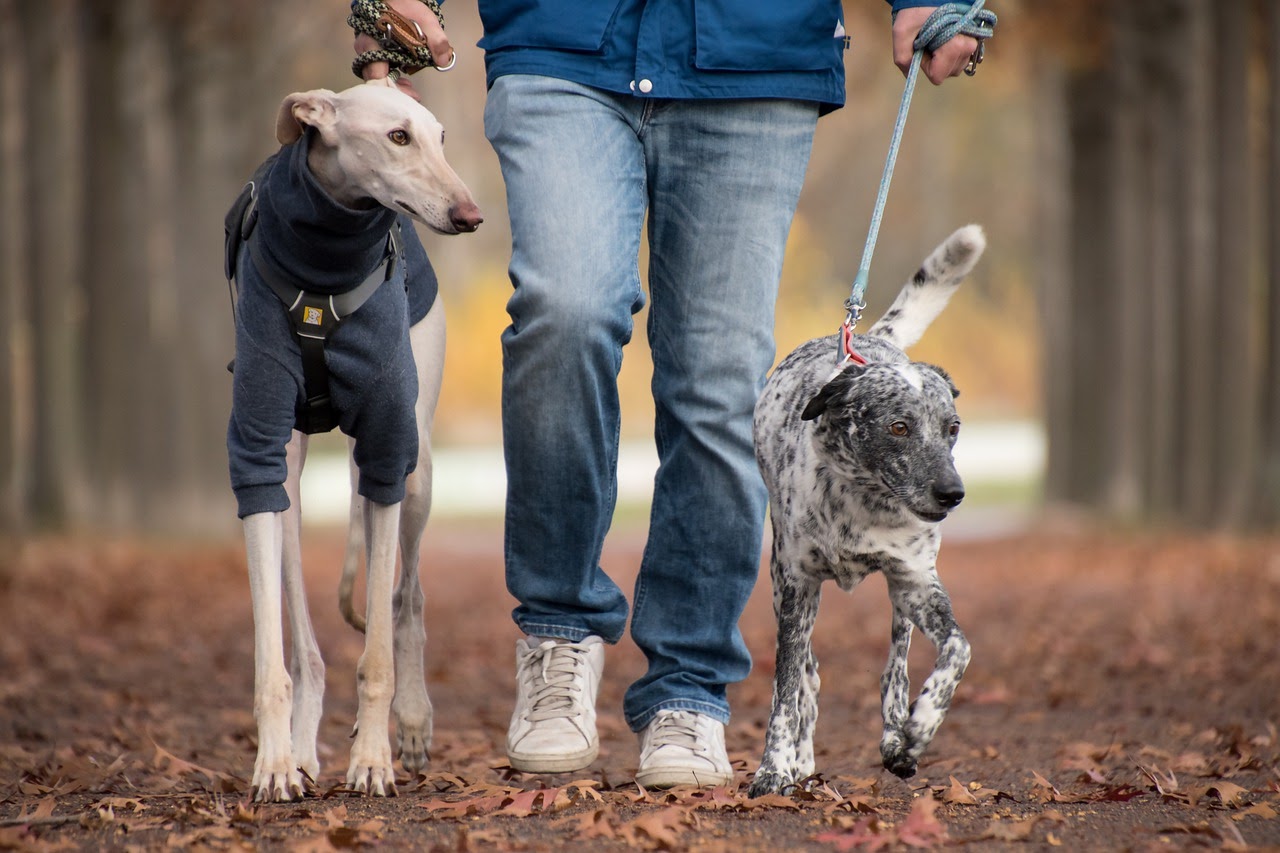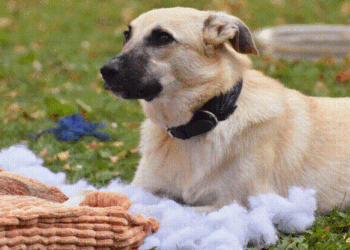“Eco-friendly” fails when it’s fussy. The secret is not becoming a gear minimalist overnight; it’s identifying pressure points where a single durable swap prevents ten future purchases, ten messes, and ten stressful moments. Think routines first, products second. When you upgrade what you already do—feeding, walking, playing, grooming—you get cleaner habits with less waste and fewer “emergency” buys.
Mealtime as a sustainability lever
A surprising amount of waste comes from gulped meals: upset stomachs, re-feeding, paper towels, and throwaway plastic liners. Turn eating into a learned skill and you cut mess, vet visits, and product churn.
Pace and pattern
A slow feeder dog bowl introduces just-enough friction to slow intake without making dinner a frustration puzzle. Slower eating reduces regurgitation, flattens post-meal energy spikes, and gives you a reliable three-to-five-minute window of quiet while you prep your own plate. Choose dishwasher-safe materials; micro-cracks in cheap plastics trap odors and bacteria, which is how bowls get tossed early.
Batch and measure
Pre-portion meals into reusable containers once or twice a week. You’ll prevent overfeeding (and the long-term waste of corrective diets), simplify sit-wait routines, and avoid last-minute baggies. Stick a small measuring scoop inside the food bin so nobody “eyeballs” servings.
Water station sanity
A heavy, tip-resistant bowl with a silicone mat prevents “spill and replace” routines that eat paper towels. Add a standing weekly clean on laundry day; gear that looks and smells good stays in rotation longer.
Enrichment that outlasts trends
Toy bins explode when novelty is the only enrichment plan. Multi-mode designs keep interest high without constant buying, and repairability keeps favorites in play.
- One object, many jobs: pick designs that toss, tug, and dispense. One thing replacing three cuts packaging and shipping emissions over time.
- Adjustable difficulty: if a toy “levels up” by opening or closing ports, you’ve effectively bought three toys in one.
- Rotation beats replacement: store half the bin out of sight; swap weekly to renew interest without spending.
When you do add to the kit, prioritize interactive dog toys that you can scale from “easy win” to “satisfying challenge.” Frustration creates destruction; success creates calm.
Walk gear: modular by default
- Harnesses with replaceable parts: a snapped chest strap shouldn’t doom an otherwise perfect fit.
- Leashes with swappable clips: hardware fails before webbing; buy the part that fails most often.
- Waste-bag discipline: bulk rolls in an airtight bin prevent brittle bags; add a light carry canister for full bags so you stop double-bagging or abandoning halfway to a trash can.
Small upgrades make walks smoother, which means you actually use the good gear—and don’t keep a graveyard drawer of almost-right items.
Grooming and laundry that go the distance
- Concentrated shampoo + foamer: less plastic, lighter shipping, and better coverage so you don’t overuse.
- Two-towel system: a microfiber for the body and a smaller one for paws and ears; hang-dry between washes to extend life.
- Laundry filters/mesh bags: catch fur and reduce microfibers; protect your machine and your clothes.
Set a “spa Sunday” cadence—wash bowls, launder towels, check nails, brush coat. When care is routine, nothing gets gross enough to toss.
Storage that prevents repurchase
Most waste is logistics, not intent. If you can’t see the durable option, you won’t pick it.
- Clear bins at knee height for daily items.
- A “prep shelf” near the door with leash, treats, and a charged clip-on light.
- A small repair box where you actually sit at night (not in the basement): curved needle, waxed thread, contact cement, patch squares, extra squeakers, Velcro dots, paracord.
Fifteen minutes of couch-side repairs saves a toy, a car trip, and a new plastic sleeve.
Buying framework: three questions before checkout
- Can I clean this properly? If it’s hard to clean, you’ll retire it early.
- Does it cover two use-cases? Calm-down + puzzle, walk + waist wrap, toy + treat holder.
- Can I replace the failure point? If yes, lifespan doubles by default.
Daily, weekly, monthly rhythms that stick
- Daily: wipe bowls, quick toy audit (anything ripped goes to the repair bin), one micro-enrichment block that tires the brain.
- Weekly: laundry cycle for towels and bedding; wash bowls; walk gear inspection (clip tension, fraying).
- Monthly: swap toy rotation; deep clean storage bins; donate safe “duplicates” to a local rescue.
Routines reduce decision fatigue and eliminate the “I forgot, so I re-bought” spiral.
Case study: the cluttered kitchen corner
Before: two flimsy bowls sliding on tile, a tipped food bin with a broken hinge, and three orphaned scoops. After: one heavy water bowl on a silicone mat, one stable food bowl, a sealing bin with a built-in scoop, and a labeled container for pre-portioned meals. Result: no spills, no ants, no mystery scoops, and nothing gets tossed “because it smells weird.” Add a mat hook for a dedicated wipe towel and you’ll cut your paper-towel use drastically.
Case study: the “toy junkyard” living room
Before: thirty toys in view; the dog ignores twenty-seven, annihilates three. After: ten toys visible, ten boxed for next month, and a small repair kit within arm’s reach of the couch. Add two puzzle pieces you can reconfigure across the week. You buy less, your dog plays more, and the living room stops looking like a daycare on a Friday afternoon.
Measured progress (because momentum matters)
Track three numbers for 30 days:
- Replacement count: how many items did you buy again?
- Repair count: how many did you save?
- Mess minutes: time spent on post-meal cleanup and toy shrapnel.
Most households cut replacement by a third and mess minutes by half without feeling deprived—because the goal isn’t less; it’s better.
The payoff you feel, not just believe
Sustainable choices that nest inside existing habits create compound benefits: calmer mealtimes, quieter evenings, fewer random purchases, and gear that holds up. You’ll see the difference in your trash bag, your receipts, and your dog’s behavior. Start with the upgrades that give you an immediate daily win—stable feeding, a durable enrichment core, modular walk gear—and let the rest follow. When the new default is simple and satisfying, “eco-friendly” stops being a chore and starts being how your household runs by itself.







